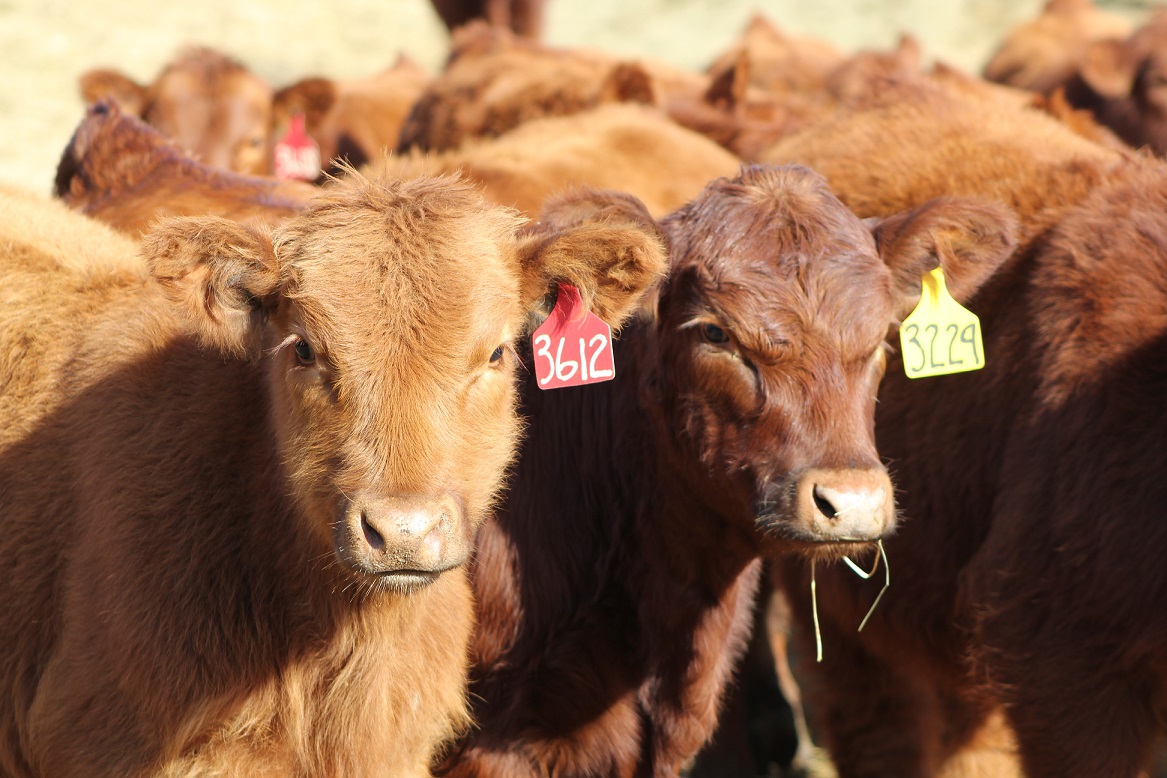
By Aaron Berger, Nebraska Extension Educator
Dry conditions are impacting range and forage production across much of Nebraska as well as the Dakotas and Montana. This is causing producers to sell yearling cattle early and prompting them to consider strategies to reduce cattle numbers going into the fall. One of the classes of cattle that can be a dilemma when the question of keep or sell comes up is weaned heifer calves. Is it best to sell weaned heifers and keep bred cows that will produce a calf next year or sell bred cows and keep heifer calves that won’t produce a calf next year but offer more flexibility?
Everyone’s situation is different, but here are some thoughts in light of current conditions that producers may consider as they evaluate their options.
ADVANTAGES OF KEEPING HEIFERS versus BRED COWS
• Weaned heifer calves require less total feed than a bred cow. Two heifer calves can be retained and grown on forage with a protein/energy supplement on about the same feed as one cow.
• Heifer calves are easier to move to another location or feed in a dry lot next spring should drought conditions persist. They are also easier to breed and manage in a dry lot than cows with baby calves.
• Heifer calves likely represent the direction you want to go with your genetic program.
• Heifer calves will be gaining value as they gain weight through the fall and winter going into next spring. Their value continues to increase should they become bred heifers and will likely further increase as a bred three-year-old or bred four-year-old.
• Middle age to older pregnant cows will probably just be holding their value through the fall and winter or could lose value should drought conditions persist.
• Pregnant cows that are seven years old and older are likely going to be depreciating in value over the next few years. As cows move out of middle age and start to have dental deterioration, their value decreases significantly.
• Nationally cow herd numbers have been building. Historically, when cow numbers grow, prices for calves and bred cows tend to trend down. Heifers retained and bred next year could be positioned to be producing calves during the most productive time of their lives when prices are likely moving back up.
Drought conditions call for hard decisions for cow-calf producers. Frequently the focus is to try to hold on to the “factory” which is bred cows. Selling upper middle age to older bred cows and keeping heifer calves is a strategy which producers might consider that could provide greater flexibility for next year and position them for the future.
To listen to BeefWatch podcasts go to: https://itunes.apple.com/us/podcast/unl-beefwatch/id964198047 or paste http://feeds.feedburner.com/unlbeefwatch into your podcast app.